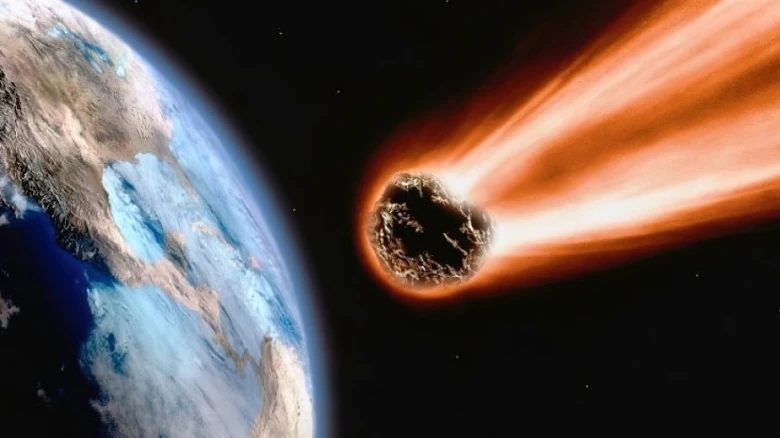Sports

NASA tracks these objects by analyzing data collected by observatories and telescopes such as Pan-STARRS, the Catalina Sky Survey, and...
Digital Desk: Asteroids appear to have resumed their potentially disastrous close encounters with Earth. NASA tracks these objects by analyzing data collected by observatories and telescopes such as Pan-STARRS, the Catalina Sky Survey, and the NEOWISE telescope. The majority of this equipment is firmly planted on the ground, but a few pieces are free to roam the skies.
NASA established the Planetary Defense Interagency Group to examine potential dangers to Earth (NEO). The Small-Body Database, the Jet Propulsion Laboratory, and the Center for Near Earth Object Studies (CNEOS) are all covered. All of these areas have contributed to our current understanding of this asteroid.
The greatest recent threat to Earth is the asteroid 2021 AE. This asteroid will pass Earth at a distance of 5,193 kilometers. Asteroid 2021 AE is expected to approach Earth today at a speed of 53,830 kilometers per hour.
The Planetary Science Division at NASA's headquarters in Washington, DC, operates a Planetary Defense Coordination Office (PDCO). The PDCO's role is to detect PHOS as soon as possible. Comets and asteroids in the PHOS category have orbits that bring them within 0.05 astronomical units of Earth (5 million miles or 8 million kilometers).
NASA's recently completed DART mission was meant to protect against exactly these kinds of space-based attacks. Dart was NASA's attempt to see if it would be possible to reroute an asteroid. With the successful completion of this test, we made significant progress in the global effort to create plans that will enable us to stop any large rock from ever colliding with the planet.
The DART weighed 570 kg, which is a large amount of weight. DART was designed to kill the asteroid, although that wasn't its primary objective. NASA claims that the DART mission was successful in deflecting the asteroid.
Leave A Comment